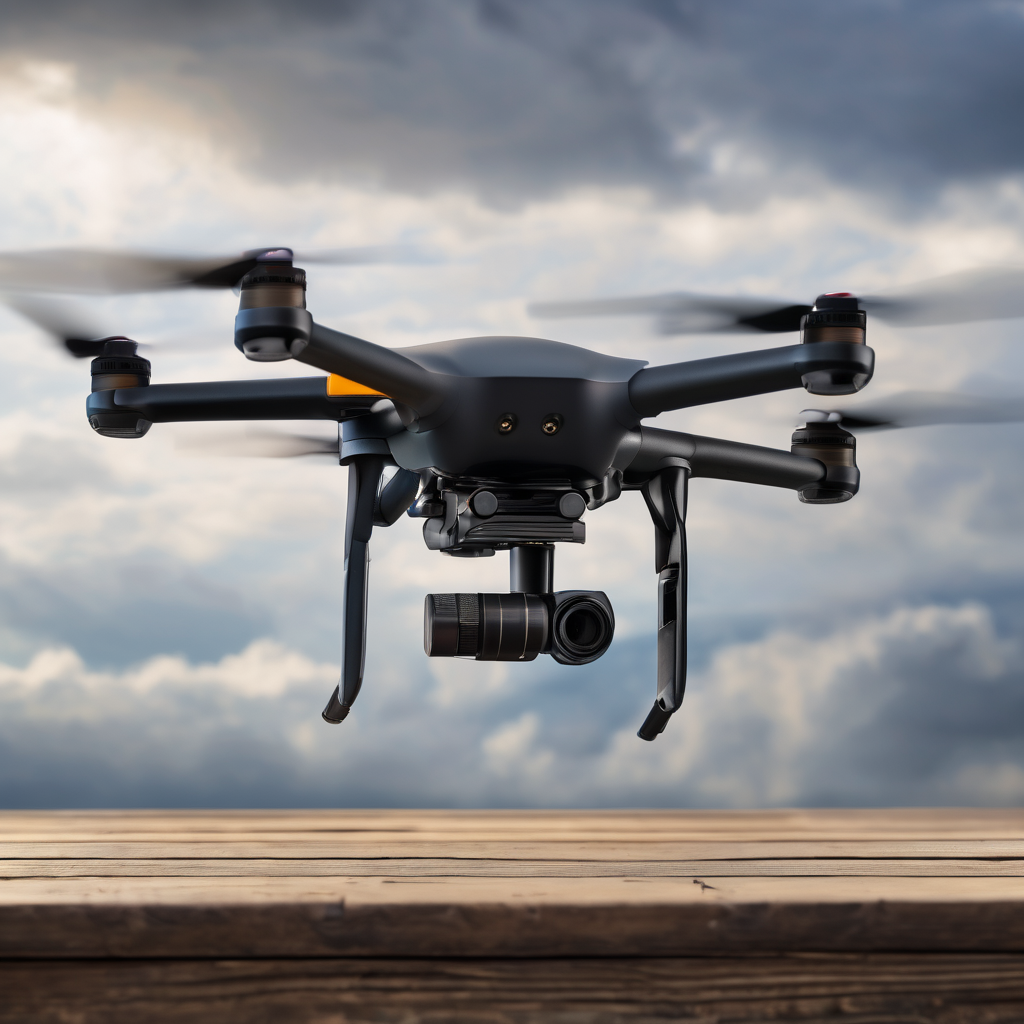This week, Denmark instituted a comprehensive ban on all civilian drone operations as European leaders convened in Copenhagen for the European Union Summit. The decision comes in response to a series of drone incursions which Danish authorities identified as “hybrid attacks,” prompting airport closures and raising security concerns over military sites.
Denmark joins several other nations grappling with similar threats. Recently, NATO fighter jets were dispatched over Poland to intercept multiple Russian drones, while an unidentified Russian drone lingered in Romanian airspace for an extended period. Reports of drone debris have emerged from Bulgaria and Latvia, with additional sightings in Germany’s Schleswig-Holstein region, at Norway’s main airport, and near a Swedish naval base.
These incidents indicate a coordinated effort that appears to reflect a new form of gray zone warfare known as “hybrid air denial.” This strategy leverages low-cost drones to challenge and obstruct commercial and military activities in airspace, leading to significant implications for security, economics, and public trust.
The traditional strategies for air denial involve military measures such as fighter patrols and surface-to-air missiles to maintain control over the skies. However, ongoing conflicts in regions like Ukraine and the Armenia-Azerbaijan dispute illustrate how drones can extend these maneuvers to lower altitudes, effectively shifting into a hybrid approach that threatens national airspace without igniting full-scale military conflict.
One reason drones are particularly effective in hybrid air denial situations is their cost-effectiveness and minimal perceived risk. Drones can operate at lower altitudes where they can easily blend into civilian air traffic, making it challenging for authorities to safeguard their airspace. Furthermore, the economic impact is disproportionate; a single drone, which may only cost approximately $10,000, can lead to massive operational disruptions that result in financial losses running into millions of dollars.
Moreover, drones shift the risk onto the targeted nations. Governments face the difficult choice of either allowing drones to operate unchallenged, thereby conceding control, or responding and risking potential collateral damage. This conundrum instills fear and uncertainty among travelers and citizens, undermining trust in government institutions tasked with ensuring safety.
The ramifications extend beyond immediate security risks; such incursions can severely disrupt commerce and inspire further attempts at disruption, creating a cycle of anxiety and instability. The challenge for nations lies not only in defending against aerial threats but also in navigating the complex interplay between military and civilian airspace.
The United States is encouraged to heed these developments as they expose vulnerabilities that could also compromise its air defense strategies. As a potentially effective response, it would benefit from extending counter-drone measures to civilian airports and vital infrastructures, investing in low-cost, persistently deployed countermeasures to protect airspace at a larger scale.
Navigating the complexities of modern aerial threats is a formidable task. Adapting to such strategies of weaponized disruption is crucial as it defines air safety in the 21st century. Recognizing this evolving threat landscape is essential for any effective response and will be pivotal in maintaining public confidence in government measures to secure skies worldwide.
